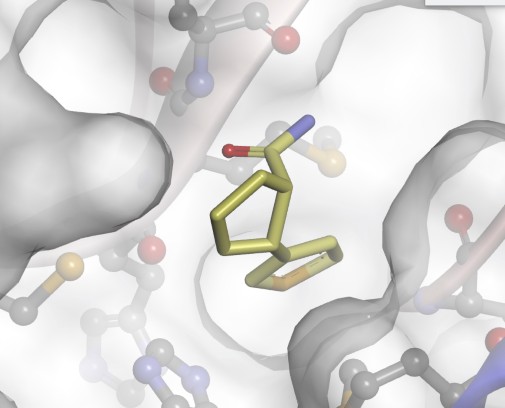Researchers at the University of York have synthesised compounds that can bind to one of the key proteins in the COVID-19 virus. The discovery could pave the way for new drug treatments to fight the virus.
The team – led by Professor Peter O’Brien from the Department of Chemistry – made the discovery as part of their research programme synthesising 3-dimensional molecular ‘fragments’ for use in drug discovery.
Therapeutics
More than 100 of the research programme’s ‘fragments’ are part of a national library which was recently screened by a scientific team trying to find starting points to develop therapeutics in the fight against the current COVID -19 outbreak.
The team of researchers, working at UK’s national synchrotron science facility, were able to identify around 60 compounds that could bind to a key protein in the COVID 19 virus. Two of the fragments were synthesised by PhD students, Tom Downes and Paul Jones, in Professor O’Brien’s research team.
Emerge
Professor O’Brien said “It was great to see our 3-dimensional fragments turn up as hits in this screen, not least as this is the culmination of several years of synthetic work.
“It was especially exciting given their potential to ultimately generate new therapeutics targeting COVID-19 or other Coronaviruses that may emerge in the future.”
Fragment
The fragment, together with the other bound fragments from the screen, could provide a starting point for the development of better binding compounds by applying the techniques of fragment-based drug discovery. This would be the next step in the development of potential therapeutics.















